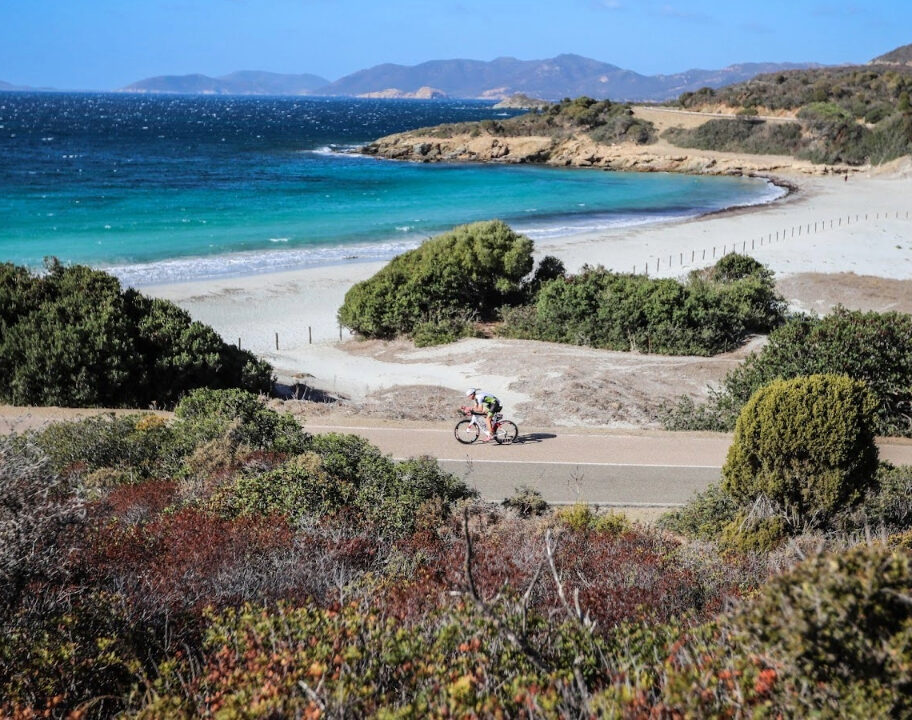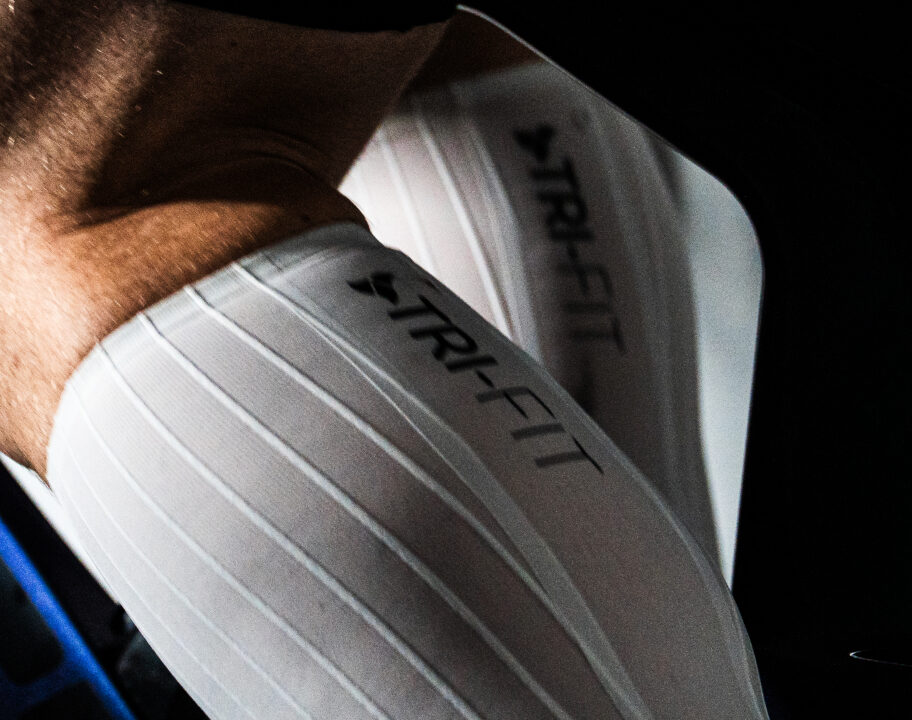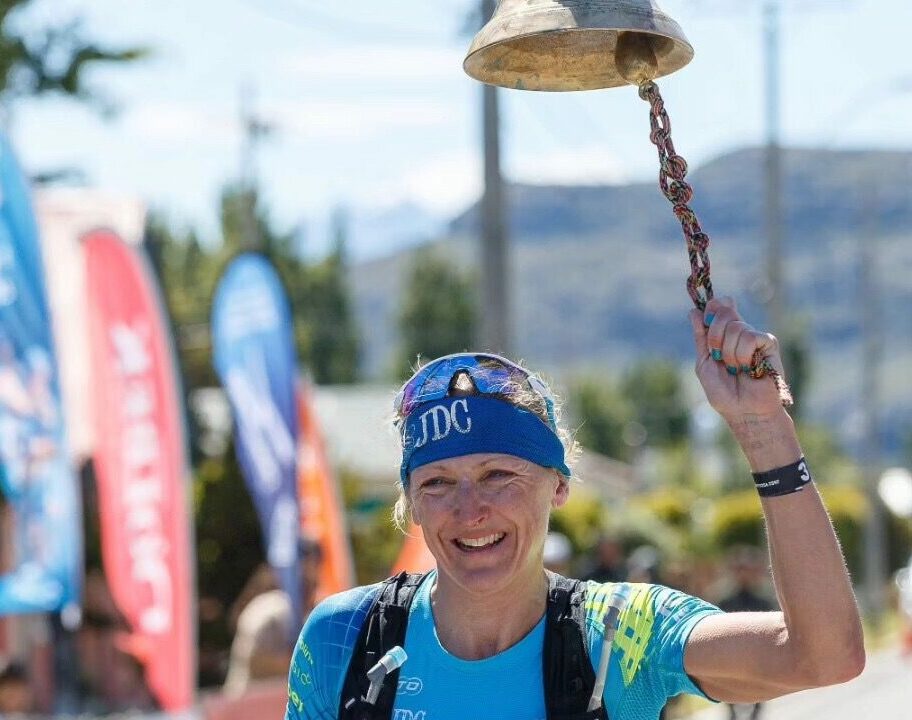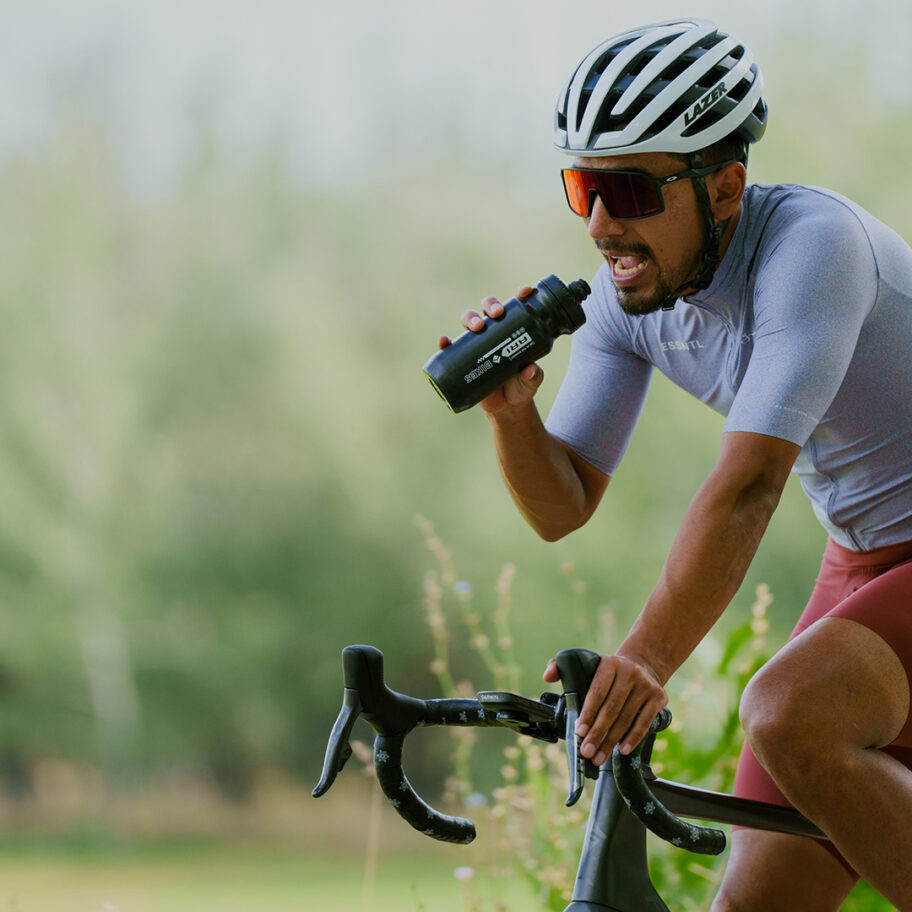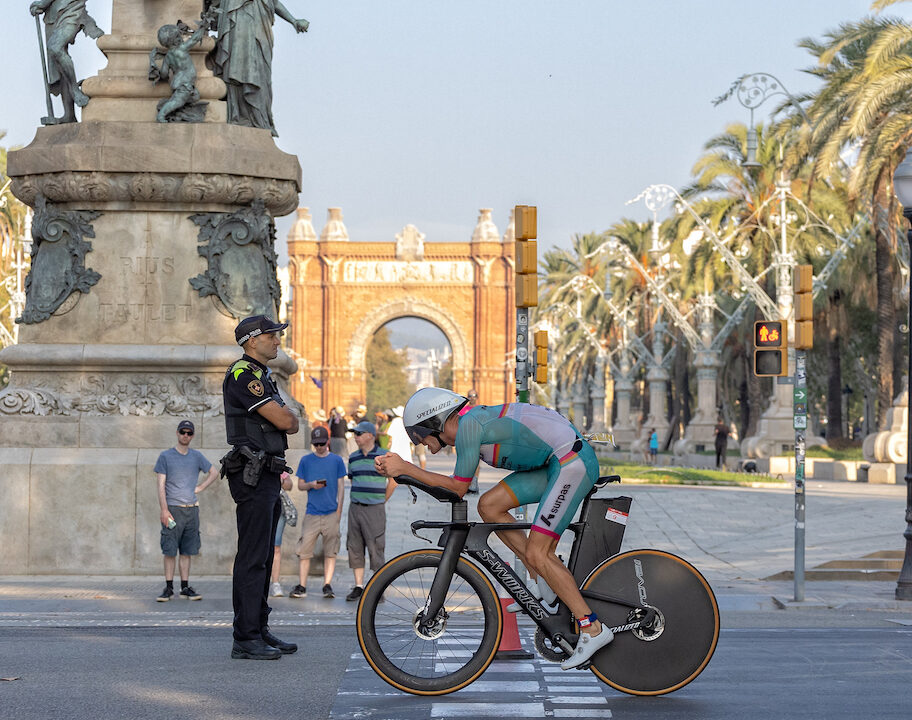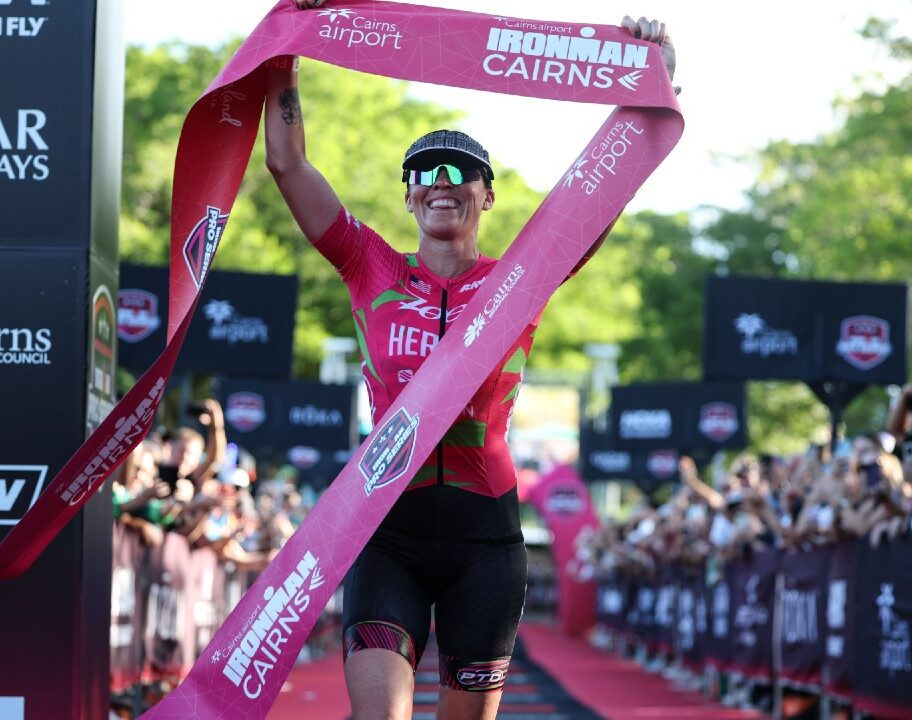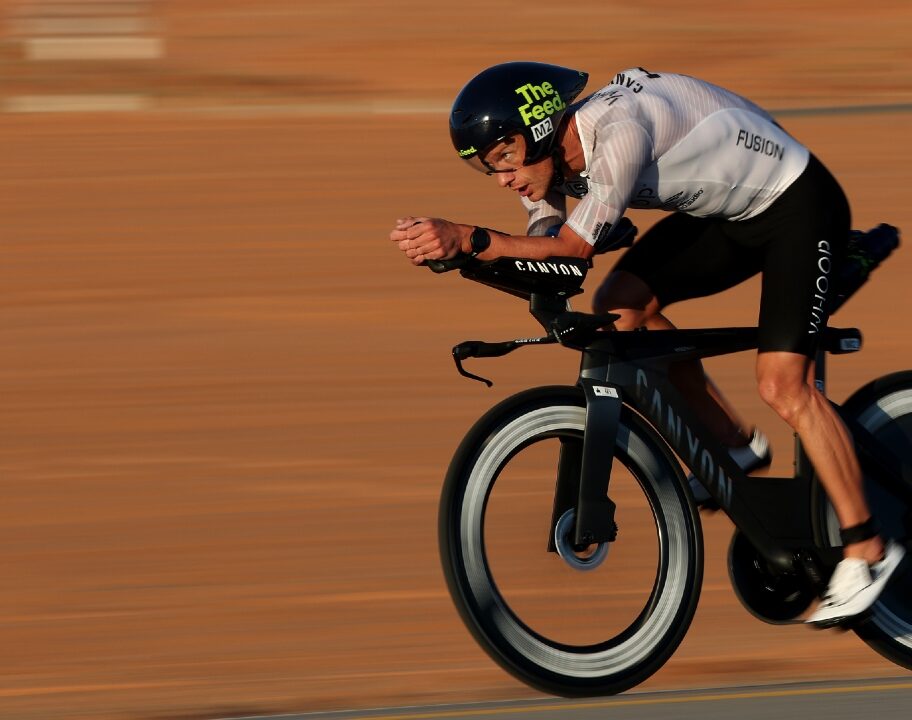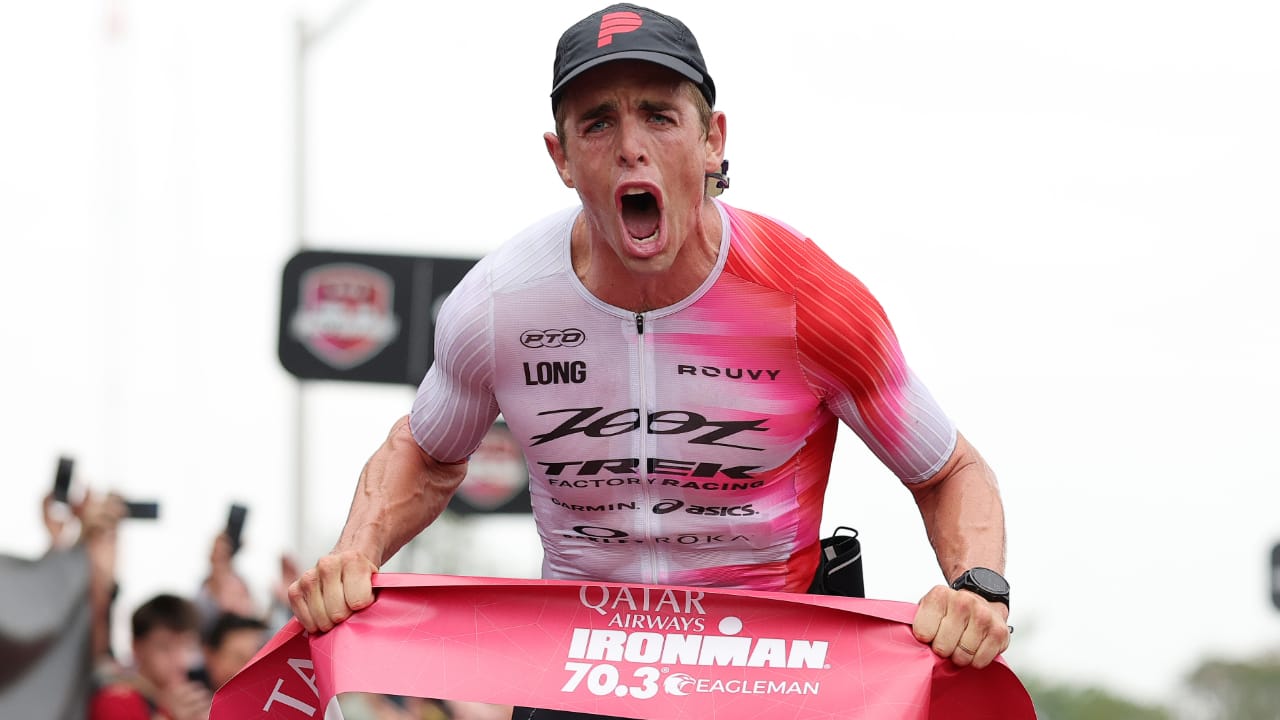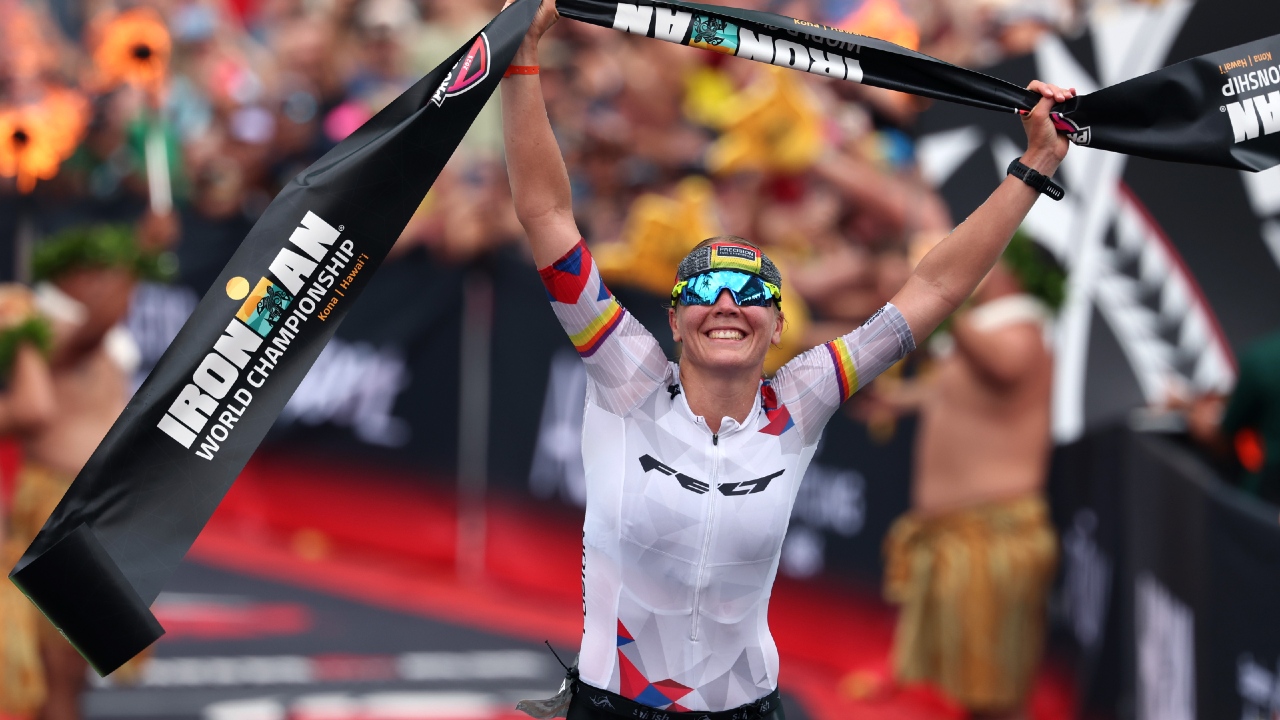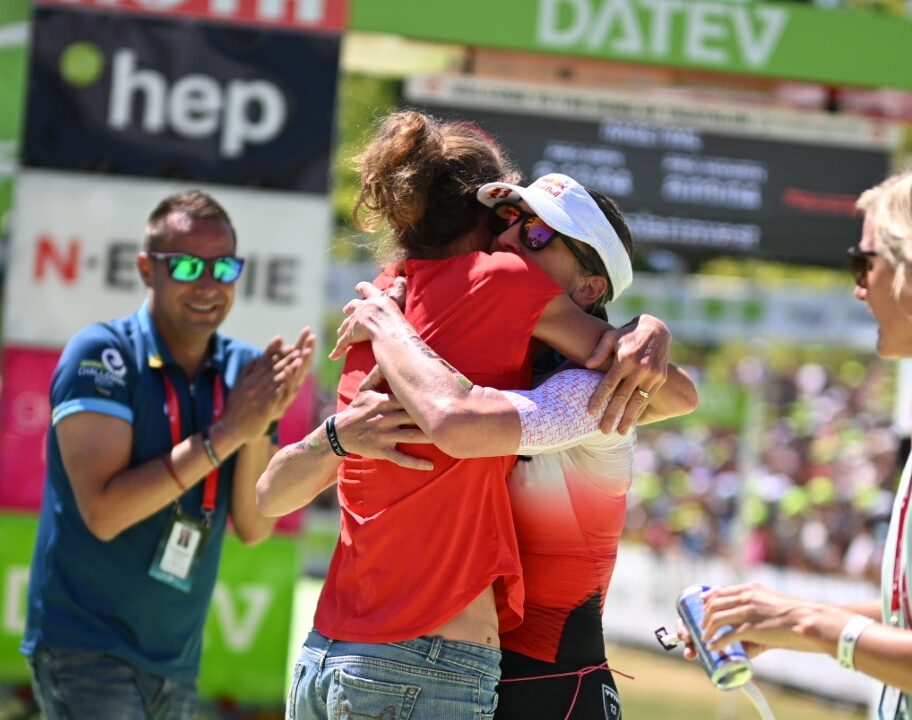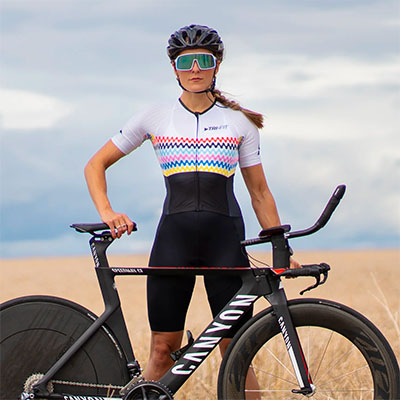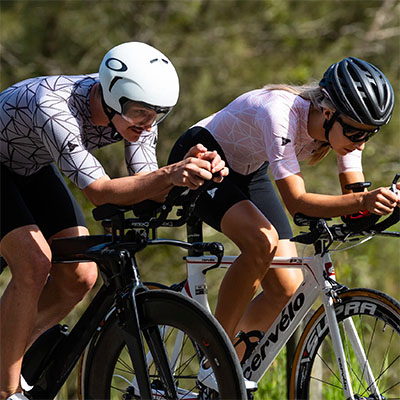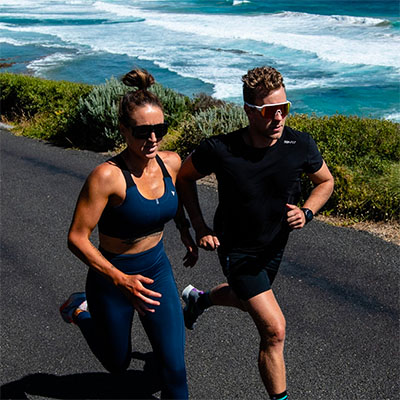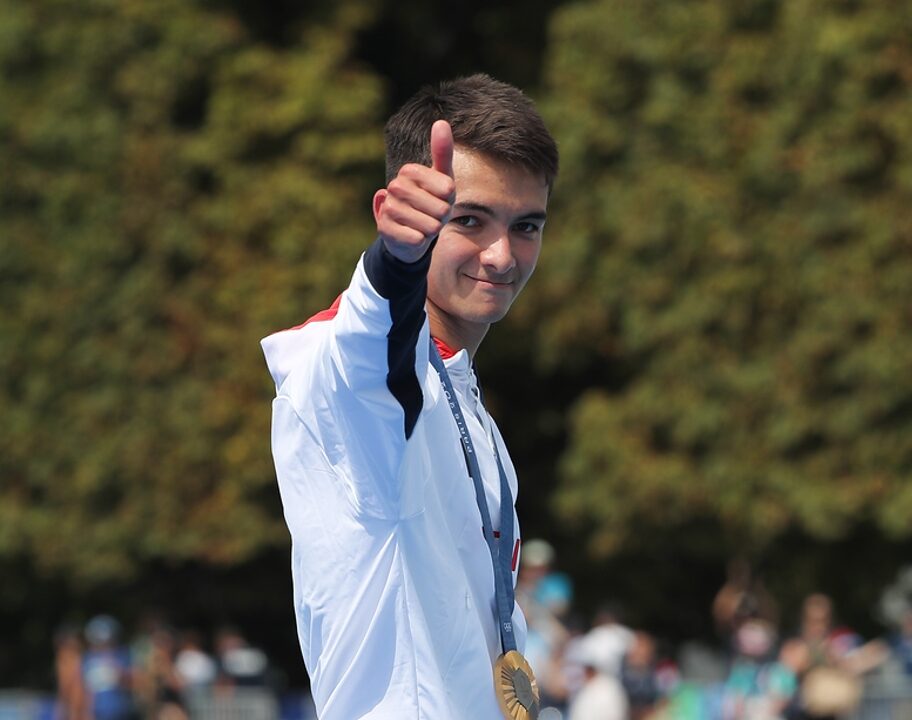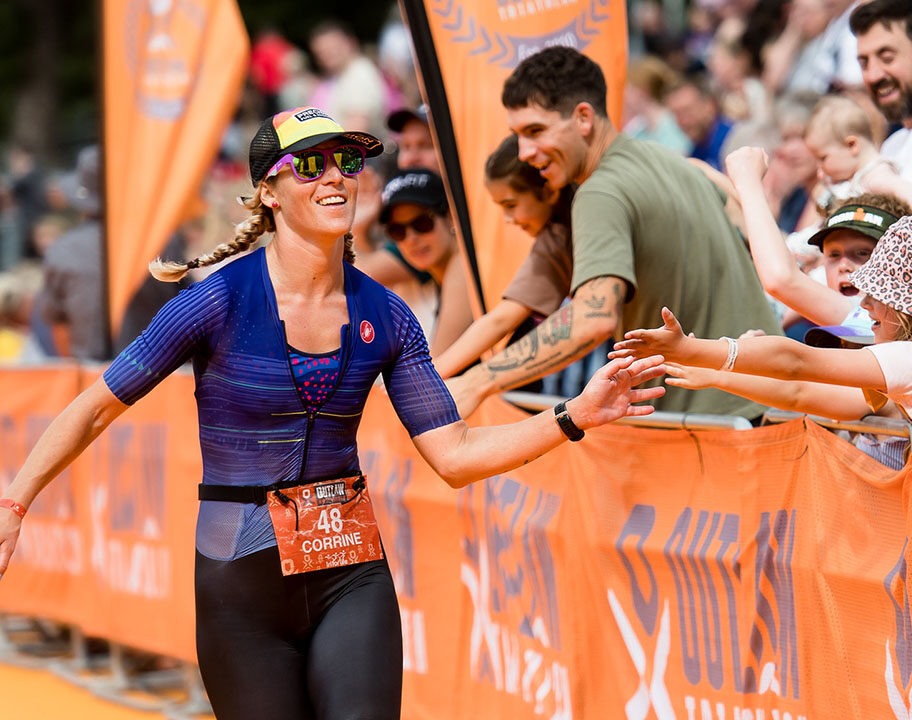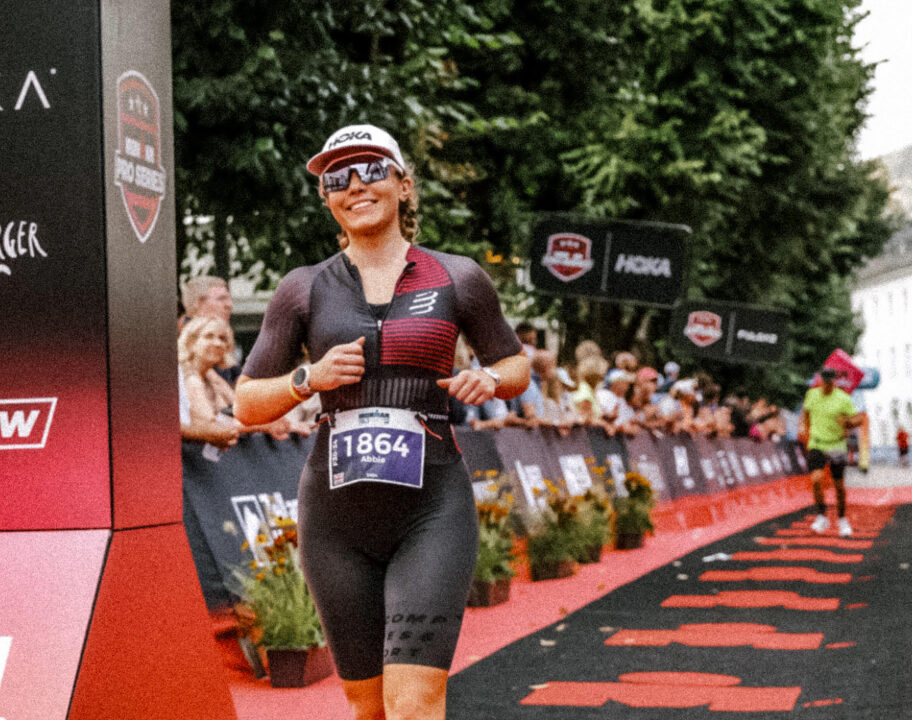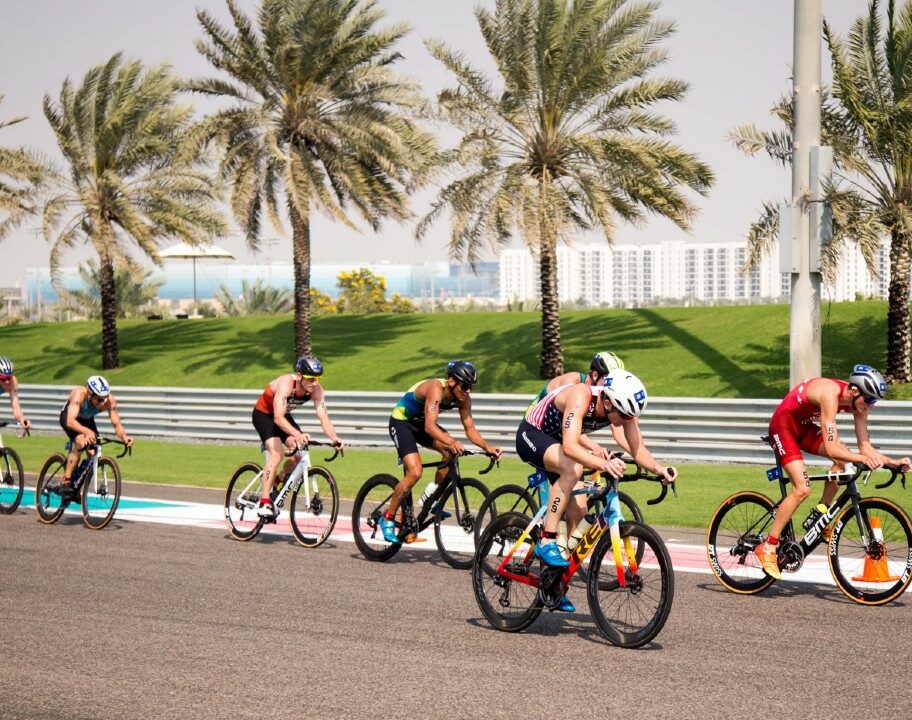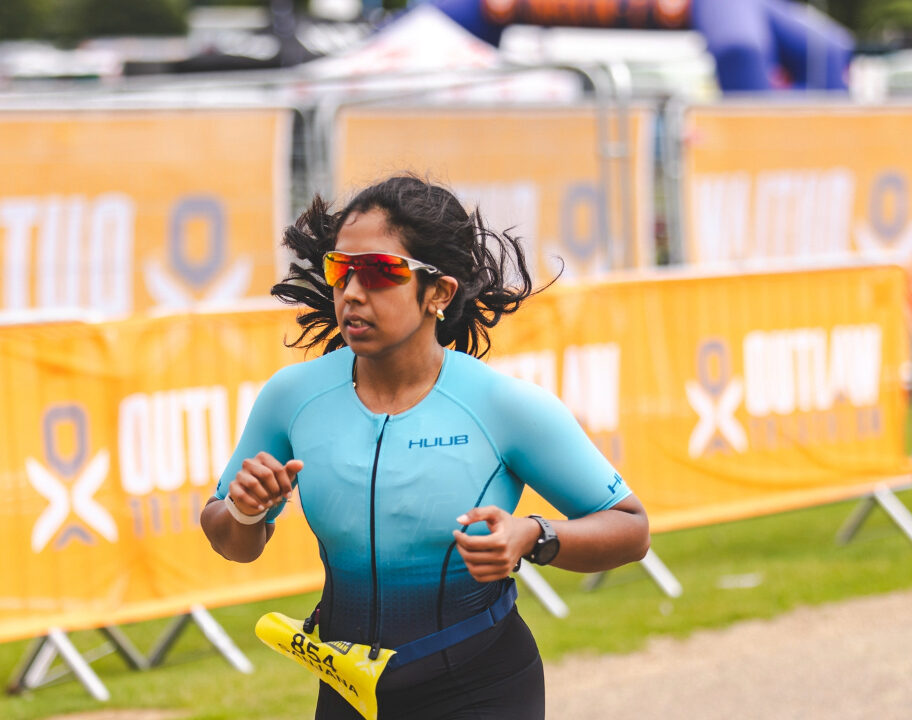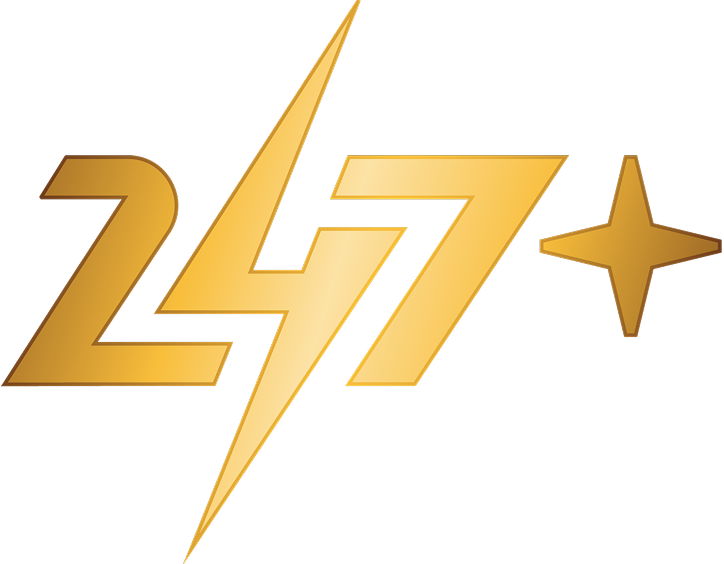IRONMAN have just announced a new performance-based age group qualification system for its IRONMAN World Championship and IRONMAN 70.3 World Championship events.
You can read more about that here but there’s a huge amount of detail involved which will be crucial to any age-group athlete reading this and setting their sights on a spot at what is the pinnacle of the sport in terms of middle and long-distance racing.
So that’s all collected below to help you start planning your strategy for booking a coveted Kona or 70.3 slot in 2026 and beyond!
Key terms
Kona Standard
A performance benchmark that is used to equalize age group athletes’ finisher times. The standard is created by taking a rolling five years of finisher data from the IRONMAN World Championship (Kona), and isolating the top 20% of performances, per age group. From each age group sample an average is created, resulting in one representative fastest finisher time per age group per gender. The fastest finisher time among the age groups is identified and all other average age group times (standards) are compared back to the fastest finish time to generate a relative ratio for each age group. Then, the data is normalized, to create a fair comparison across genders.
The Kona Standard will change from one year to the next as the rolling five years of data changes. This serves as a consistent benchmark that evolves as finisher times improve from year to year.
IRONMAN 70.3 Standard (‘70.3 Standard’)
A performance benchmark that is used to equalize age group athletes’ finisher times. The standard is created by taking a rolling five years of finisher data from the IRONMAN 70.3 World Championship events, and isolating the top 20% of performances, per age group. From each age group sample an average is created, resulting in one representative fastest finisher time per age group per gender. The fastest finisher time among the age groups is identified and all other average age group times (standards) are compared back to the fastest finish time to generate a relative ratio for each age group.
The IRONMAN 70.3 Standard will change from one year to the next as the rolling five years of data changes. This serves as a consistent, benchmark that evolves as finisher times improve from year to year.
Normalization
An adjustment that accounts for performance differences between genders, allowing men and women to be fairly ranked together after age grading. This is applied to IRONMAN World Championship results only, as men and women will race on the same day.
Age Grading
The method that adjusts each athlete’s time based on their age, against the fastest age group, allowing athletes of different ages to be compared fairly.
Age Graded Finish Time
The athlete’s finish time after applying the Normalized Age Grading. This represents their performance that is comparable to any athlete in the field.
Automatic Qualifying Slot
A World Championship qualifying slot that is guaranteed to each Age Group winner at any given event. If the Age Group winner declines the slot, it will be offered to (roll) to the second-place finisher, and then to the third-place finisher if not taken by the second-place finisher. If the Automatic Qualifying Slot for a specific age group is not taken by one of the top three finishers, that slot is then allocated to the overall ‘Performance Pool’ of qualifying slots that will then be offered to the next-most competitive athletes at the same event.
Performance Pool Slot
This is the amount of Age Group qualifying slots that remain after the Automatic Qualifying Slots are allocated to the Age Group winners. Performance Pool slots are offered to the next-most competitive athletes at the same event once the Age Grading system is applied.
To do so, all remaining athletes are ranked based on their age-graded finish times (i.e., their performance in the race relative to their own age-group standard); the athletes who are most competitive on race day relative to their age-group standard will rank highest.
Slots from the Performance Pool will then be allocated using a ‘first to accept’ roll-down process, starting from the highest ranked athletes. This roll-down process will continue until all qualifying slots are allocated.
IRONMAN World Championship Normalized Age Grading Table
| Kona Standard | ||
| Age Group | Men | Women |
| 18-24 | 0.9698 | 0.8567 |
| 25-29 | 0.9921 | 0.8961 |
| 30-34 | 1.0000 | 0.8977 |
| 35-39 | 0.9895 | 0.8866 |
| 40-44 | 0.9683 | 0.8707 |
| 45-49 | 0.9401 | 0.8501 |
| 50-54 | 0.9002 | 0.8125 |
| 55-59 | 0.8667 | 0.7778 |
| 60-64 | 0.8262 | 0.7218 |
| 65-69 | 0.7552 | 0.6828 |
| 70-74 | 0.6876 | 0.6439 |
| 75-79 | 0.6768 | 0.5521 |
| 80-84 | 0.5555 | TBD* |
| 85-89 | 0.5416 | TBD* |
IRONMAN 70.3 World Championship Age Grading Table
| IRONMAN 70.3 Standard | ||
| Age Group | Men | Women |
| 18-24 | 1.000 | 0.9921 |
| 25-29 | 0.9929 | 1.0000 |
| 30-34 | 0.9655 | 0.9828 |
| 35-39 | 0.9500 | 0.9658 |
| 40-44 | 0.9262 | 0.9426 |
| 45-49 | 0.8978 | 0.9192 |
| 50-54 | 0.8833 | 0.9016 |
| 55-59 | 0.8565 | 0.8746 |
| 60-64 | 0.8192 | 0.8391 |
| 65-69 | 0.7640 | 0.7775 |
| 70-74 | 0.7119 | 0.7348 |
| 75-79 | 0.6419 | 0.6234 |
| 80-84 | 0.5095 | TBD* |
| 85-89 | 0.5402 | TBD* |
Examples
IRONMAN World Championship qualifying example:
Anne is 42, she finishes IRONMAN Kalmar in 9:19:51, giving her an age-graded finish time of 8:07:26, applying the Kona Standard of 0.8707 (9:19:51 x 0.8707 = 8:07:26). John is 43 and finishes IRONMAN Kalmar in 8:50:31, giving him an age-graded time of 8:33:42, applying the Kona Standard of 0.9683 (8:50:31 x 0.9683 = 8:33:42).
Anne would rank above John in the age-graded rankings due to her age-graded time of 8:07:26 being faster than John’s age-graded finish time of 8:33:42.
| Age-Graded Finish Times – Kona Standard | |||
| Athlete | Finish Time | Kona Standard | *Age-Graded Finish Time |
| Anne F40-44 | 9:19:51 | 0.8707 | 8:07:26 |
| John M40-44 | 8:50:31 | 0.9683 | 8:33:42 |
IRONMAN 70.3 World Championship qualifying example:
Laura is 38, she finishes IRONMAN 70.3 Geelong in 7:29:01, giving her an age-graded finish time of 7:13:40, applying the IRONMAN 70.3 Standard of 0.9658 (7:29:01 x 0.9658 = 7:13:40). Janine is 51 and finishes IRONMAN 70.3 Geelong in 8:00:28, giving her an age-graded finish time of 7:10:56, applying the IRONMAN 70.3 Standard of 0.9016 (8:00:28 x 0.9016 = 7:13:11).
Janine would rank above Laura in the age-graded rankings due to her age-graded time of 7:13:11 being faster than Laura’s age-graded finish time of 7:13:40.
| IRONMAN 70.3 Age-Graded Finish Times – IRONMAN 70.3 Standard | |||
| Athlete | Finish Time | IRONMAN 70.3 Standard | *Age-Graded Finish Time |
| Laura F35-39 | 7:29:01 | 0.9658 | 7:13:40 |
| Janine F50-54 | 8:00:28 | 0.9016 | 7:13:11 |
Simulated finish time examples by age group
Using 2024 race finisher data, the below table represents simulated slot allocation when the new methodology is applied. For each age group and gender, this provides an illustration of the finish time that an athlete would have needed to achieve to earn the last slot allocated at 2024 IRONMAN Texas North American Championship and 2024 IRONMAN 70.3 Alcúdia-Mallorca.
| Simulated IRONMAN World Championship Last Slot Finish Times – 2024 IRONMAN Texas | ||
| 2024 Race Example | Division | Last Slot Finish Time (non-graded) |
| IRONMAN Texas | F18-24 | 10:00:42 |
| IRONMAN Texas | F25-29 | 10:41:55 |
| IRONMAN Texas | F30-34 | 09:46:44 |
| IRONMAN Texas | F35-39 | 09:59:03 |
| IRONMAN Texas | F40-44 | 09:33:52 |
| IRONMAN Texas | F45-49 | 10:55:14 |
| IRONMAN Texas | F50-54 | 11:06:06 |
| IRONMAN Texas | F55-59 | 11:37:37 |
| IRONMAN Texas | F60-64 | 12:48:55 |
| IRONMAN Texas | F65-69 | 14:56:48 |
| IRONMAN Texas | F70-74 | 14:39:54 |
| IRONMAN Texas | M18-24 | 09:00:46 |
| IRONMAN Texas | M25-29 | 08:54:16 |
| IRONMAN Texas | M30-34 | 08:45:58 |
| IRONMAN Texas | M35-39 | 08:32:22 |
| IRONMAN Texas | M40-44 | 09:05:55 |
| IRONMAN Texas | M45-49 | 09:22:48 |
| IRONMAN Texas | M50-54 | 09:49:54 |
| IRONMAN Texas | M55-59 | 10:02:15 |
| IRONMAN Texas | M60-64 | 10:41:53 |
| IRONMAN Texas | M65-69 | 11:38:43 |
| IRONMAN Texas | M70-74 | 12:45:40 |
| IRONMAN Texas | M75-79 | 14:52:57 |
| Simulated IRONMAN 70.3 WC – Women’s Last Slot Finish Times (2024 Alcúdia-Mallorca) | ||
| 2024 Race Example | Division | Last Slot Finish Time (non-graded) |
| 70.3 Alcúdia-Mallorca | F18-24 | 05:33:57 |
| 70.3 Alcúdia-Mallorca | F25-29 | 04:41:57 |
| 70.3 Alcúdia-Mallorca | F30-34 | 04:42:37 |
| 70.3 Alcúdia-Mallorca | F35-39 | 04:55:10 |
| 70.3 Alcúdia-Mallorca | F40-44 | 05:10:49 |
| 70.3 Alcúdia-Mallorca | F45-49 | 05:05:45 |
| 70.3 Alcúdia-Mallorca | F50-54 | 04:58:07 |
| 70.3 Alcúdia-Mallorca | F55-59 | 05:37:10 |
| 70.3 Alcúdia-Mallorca | F60-64 | 05:54:33 |
| 70.3 Alcúdia-Mallorca | F65-69 | 05:59:40 |
| 70.3 Alcúdia-Mallorca | F70-74 | 08:07:19 |
| Simulated IRONMAN 70.3 WC – Men’s Race Last Slot Finish Times (2024 70.3 Alcúdia-Mallorca) | ||
| Race | Division | Last Slot Finish Time |
| 70.3 Alcúdia-Mallorca | M18-24 | 04:23:13 |
| 70.3 Alcúdia-Mallorca | M25-29 | 04:12:42 |
| 70.3 Alcúdia-Mallorca | M30-34 | 04:15:32 |
| 70.3 Alcúdia-Mallorca | M35-39 | 04:15:36 |
| 70.3 Alcúdia-Mallorca | M40-44 | 04:20:39 |
| 70.3 Alcúdia-Mallorca | M45-49 | 04:27:56 |
| 70.3 Alcúdia-Mallorca | M50-54 | 04:25:18 |
| 70.3 Alcúdia-Mallorca | M55-59 | 04:48:08 |
| 70.3 Alcúdia-Mallorca | M60-64 | 04:40:53 |
| 70.3 Alcúdia-Mallorca | M65-69 | 05:16:18 |
| 70.3 Alcúdia-Mallorca | M70-74 | 06:24:35 |
| 70.3 Alcúdia-Mallorca | M75-79 | 07:18:11 |


